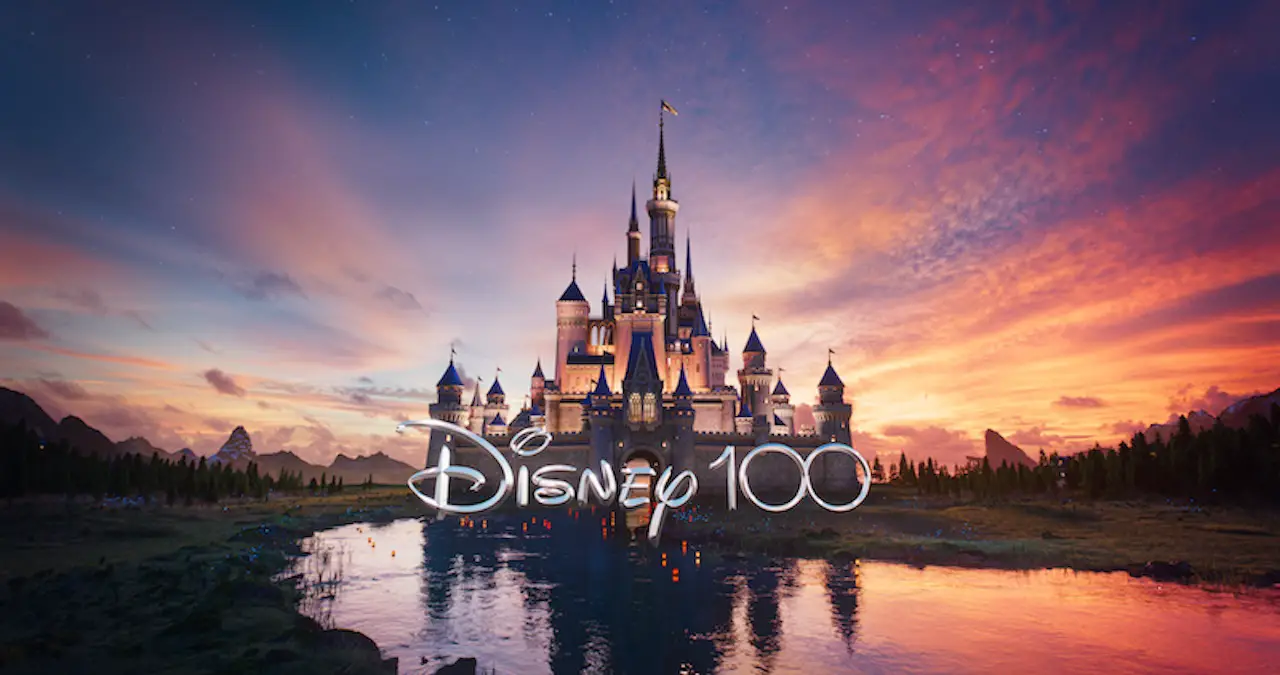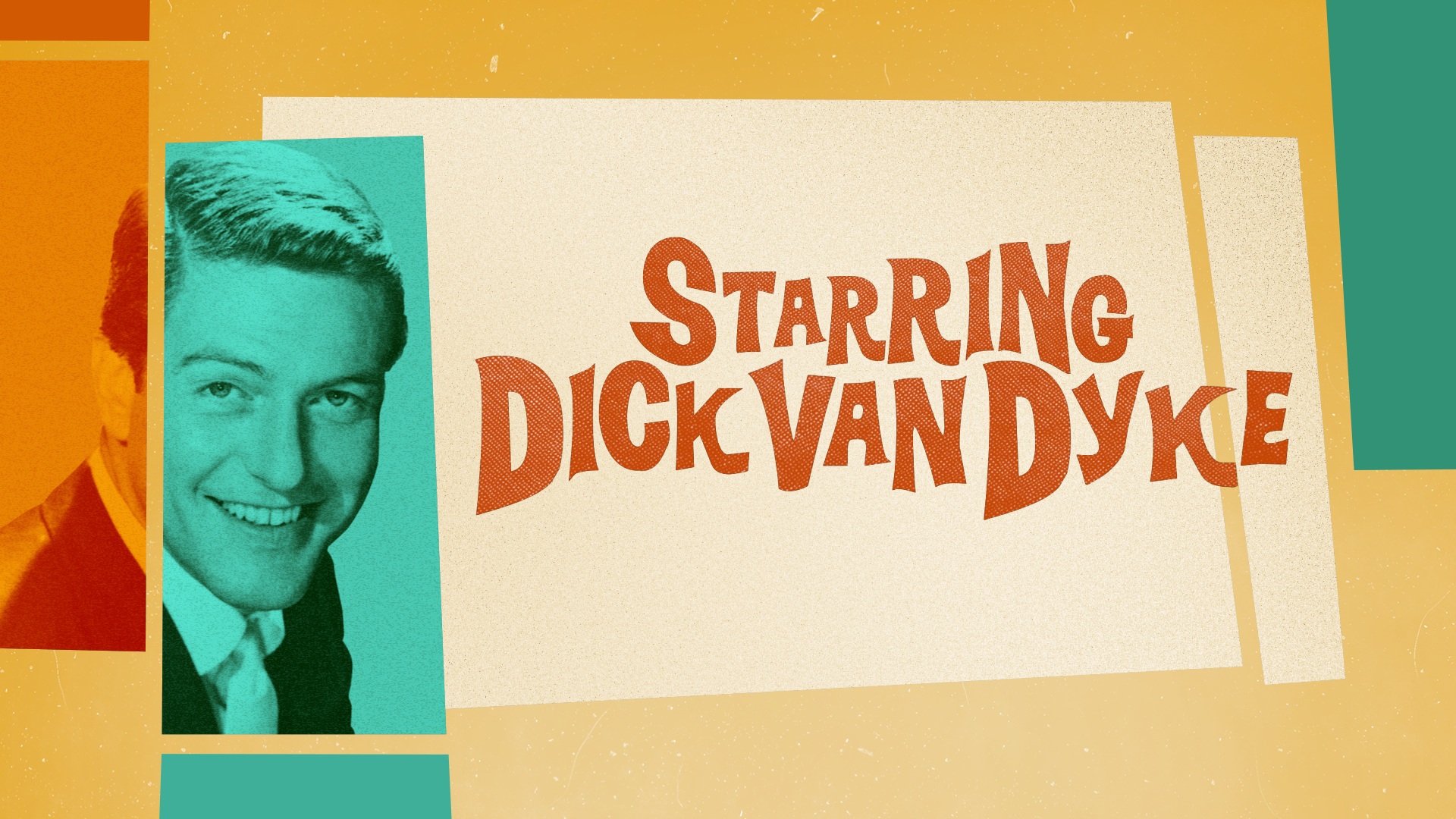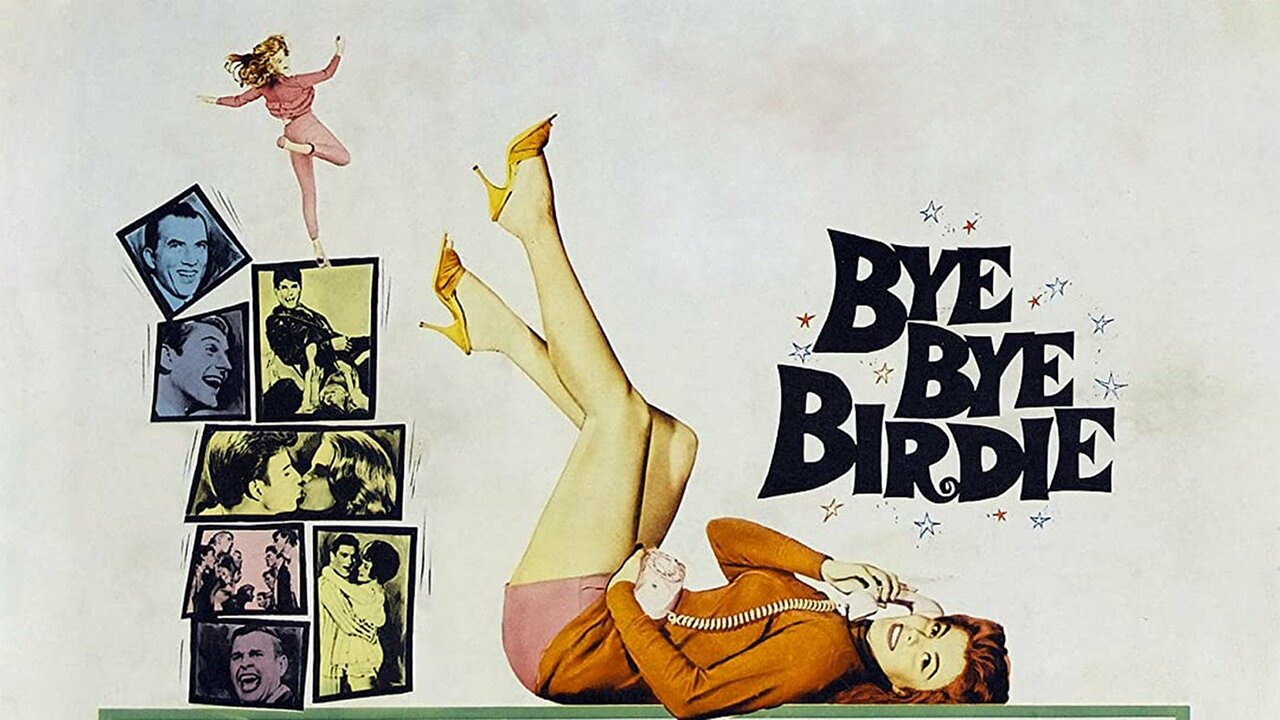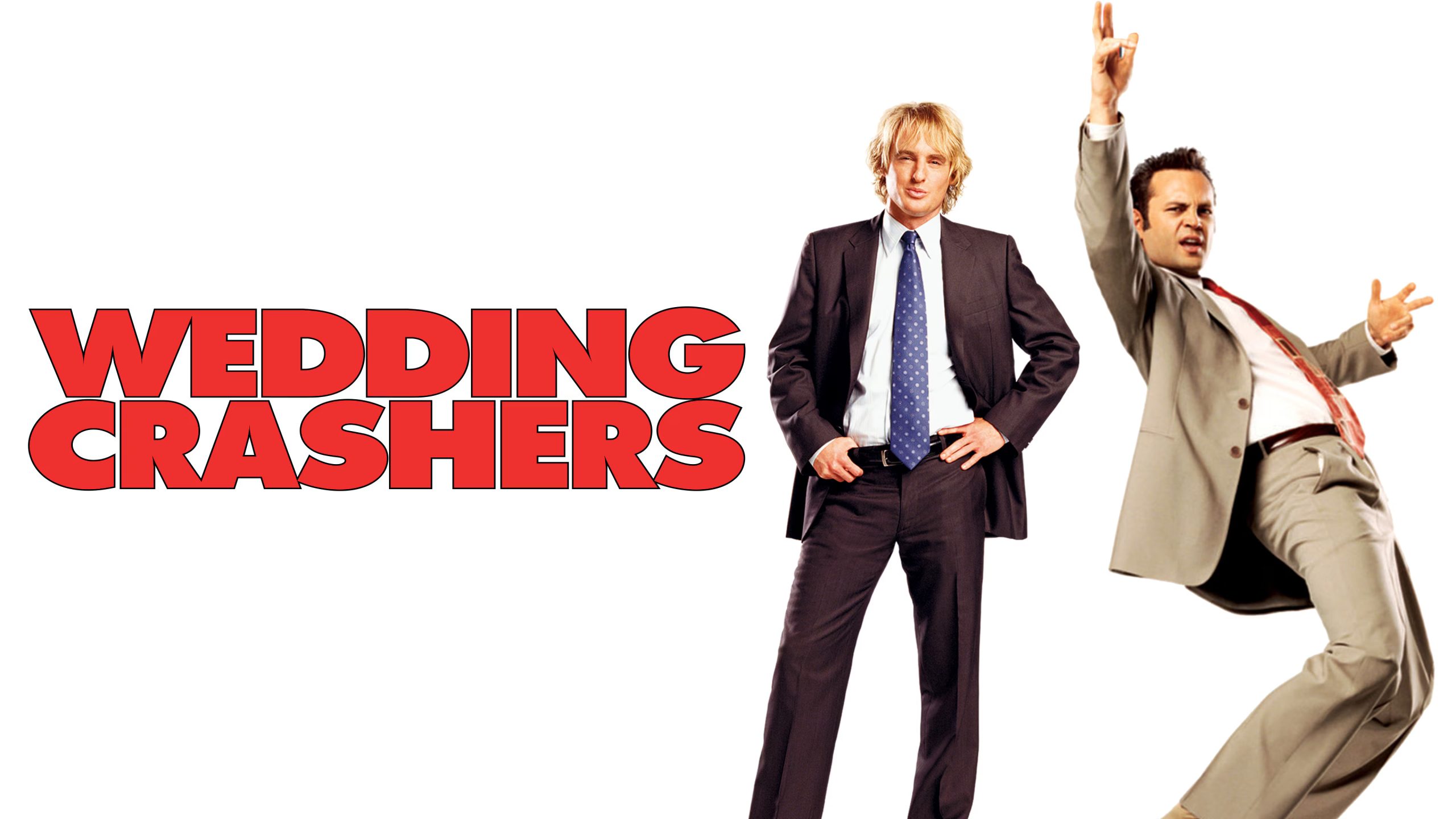
The Walt Disney Company pulled all of their TV networks off of Charter Spectrum as the two parties couldn’t reach an agreement.
All one needs to do is look no further than why the WGA and SAG-AFTRA are striking against the AMPTP. Charter Communications could not reach an agreement with Disney for the same reason that we have a double strike. Pay-TV continues to lose value because of the rise of Netflix and studios offering their own direct-to-consumer streaming services. Studios took out the middle man–in this case, the cable provider. They’re taking their content directly to consumers. What is happening now is no different than what led to the Paramount Consent Decrees, which have since been overturned.
Meanwhile, the WGA and SAG-AFTRA strikes are happening because the industry has reached a breaking point. The AMPTP studios and streamers are reaping all the rewards at the expense of writers and performers. While the writers started speaking again, the talks have stopped because the studios don’t seem to budge. The biggest sticking point appears to be the studios not wanting to share in the success of streaming hits. Again, writers and performers are helping make studios millions upon millions but the studios refuse to share in their success. It’s become extremely hard for writers and actors to make a living in the business especially when they are not an A-list superstar.

It’s become a war of the words with the two parties releasing statements after Disney pulled their programming. At the end of the day, the customers are the losers in the carriage dispute. The decision to pull programming came during the U.S. open and at the start of the college football season. ESPN has the Monday Night Football package so it hurts all sorts of football fans. Disney goes as far as saying that they offered an extension but Charter declined.
Charter Communications realizes that the carriage dispute could lead to customers unsubscribing. It speaks to a changing industry in the last 15 years. Streaming is hurting cable providers because most of the premium content is now going to streaming rather than cable. If not for sports programming, an increasing number of people would probably ditch cable altogether. YouTube TV might look like a nice alternative but Google is repeatedly throwing baseball fans under the bus despite spending millions on the NFL package. Seriously, Google, please just give me back MLB Network already! I would drop YouTube TV altogether for another service if it did not come at the expense of the TCM movies sitting on the DVR.
Disney’s statement came following the Charter Spectrum conference call on September 1. Most outlets reporting on the carriage dispute have published the statement in parts rather than outright. Interestingly, Disney offered an extension during negotiations but their statement says that Charter declined.
The dispute could very well be what gets Charter Communications out of the cable business.
“We’re on the edge of a precipice. We’re either moving forward in the new collaborative video model or we’re moving on. This is not a typical carriage dispute. It’s significant for Charter and we think it’s even more significant for programmers and the broader video ecosystem,” Charter CEO Christopher Winfrey told analysts. “We propose the model to Disney that we believe creates better alignment for the industry and better products for customers, a model that can stabilize linear video and create a clear growth path for direct to consumer video with a more customer friendly and financially attractive end state for programmers.”
Charter currently pays $2.2 billion in licensing fees to Disney but Disney is asking for more as Winfrey said. “Disney wants us to pay license fees for customers that do not receive services, which leads to more price increases. We cannot get comfortable forcing that on customers.”
Charter Spectrum provided an update on negotiations following the September 1 conference call. The update reflects where the industry is when it comes to the future of both cable and DTC. Per Charter, Disney offered the following:
- Higher license fees
- Demanding we pay for customers that do not receive its services, leading to more price increases
- Even less packaging flexibility than we have today
What Charter offered Disney:
- Lower penetration minimums to deliver package flexibility for our customers
- Inclusion of their ad-supported DTC apps within our packaged linear products so the customer does not have to pay twice for similar programming
- Charter’s commitment to market their DTC products to our broadband-only customers
The key in all of this is ESPN and sports offerings. Fans can watch any of the other programming on Disney+ or Hulu but sports is generally appointment viewing. When a company pulls sports programming, it forces consumers to look elsewhere. The longer this carriage dispute goes on, it’s going to force consumers to switch to a different provider, if not cut the cord entirely. Charter is the second largest cable provider in the country–that this carriage dispute could force them out is the most telling.
Please subscribe to Dugout Dirt and Solzy at the Movies on Substack.







